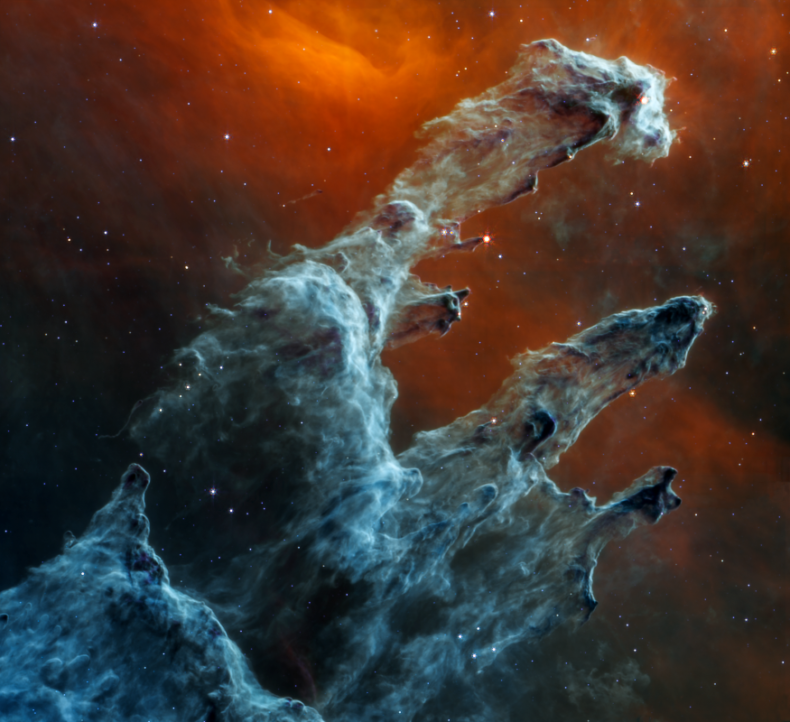
ANN: Richard Panek has just published a book called The Pillars of Creation. It’s about the James Webb Space Telescope — which I call JWST and Richard calls Webb, and there’s a story behind that difference but it’s not relevant here — and how it got built and what it’s finding. And Richard, this is SUCH a big subject, the whole multi-year, multi-field enormous expensive telescope. I can imagine ponderous tomes on the politics and construction alone. How did you decide which steps of the JWST’s construction process to include and which to leave out?
RICHARD: First, Ann, I’d like to thank you for inviting me back to LWON. I joined LWON at your invitation all the way back in 2010. For several years I was a regular contributor, and then for a few years I was an irregular contributor—and I leave the punchline to you.
ANN: An irregular contributor? Like, those astronomers who study astronomical transients are transient astronomers? “Irregular” like you’re a little zigzaggy, you slip the leash every now and then?
RICHARD: Kudos for avoiding the constipation interpretation. But I’ve missed coming into the office, and now that I’m here, I have to say I’m glad to see the rolltop desk hasn’t budged and that the red-and-black ribbons in the typewriters are fresh. Some of the inkwells, alas, are dry, but I guess that’s the price of progress.
ANN: You’re quite right about the rolltop and the typewriters — LWON sometimes feels like kind of a throwback. I mean, do people do blogs any more? At LWON, We still Write Whatever The Fuck We Want (WWWTFWW), the motto you first elucidated, Richard–so the dry inkwells I have to take umbrage over. I feel the inkwells are quite wet, juicy even. Now, rather than have this conversation devolve into identities and analogies, shall we just change the subject?
RICHARD: Ah, you asked a question about how I made manageable the scope of Webb’s decades-long lead-up to the launchpad.
ANN: You’re quite right, thank you, I did.
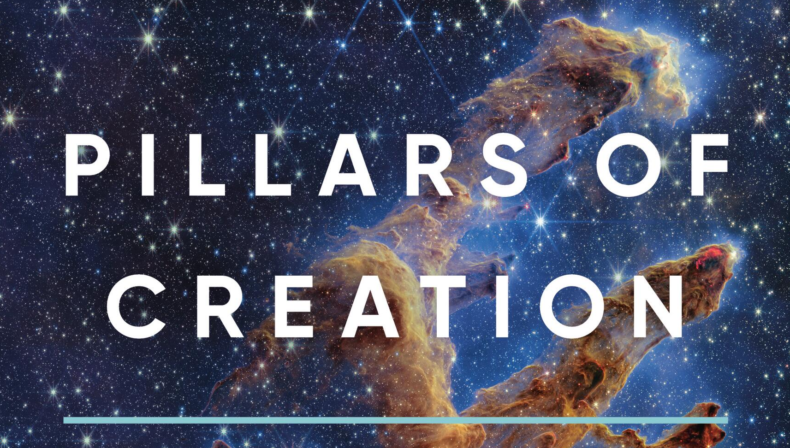
RICHARD: From the start I imagined the pre- and somewhat post-launch exposition as two complementary parts. One is vision: what the creators of the eventual JWST telescope wanted it to do. (You’re quite right about the name: JWST is what the community calls it, since the actual James Webb’s tenure as a government administrator, including as the director of NASA, coincided with the “lavender scare”–a search for and purge of homosexuals at government institutions. But “Webb” is what the public calls JWST, so I went with that–especially after my editor reminded me that acronyms can be burdensome for audiobook listeners.) The other part of the exposition is mission: how they got JWST to do what they wanted it to do. Even then, of course, I still had to decide what to include. I didn’t want to write an exhaustive, down-to-the-last-detail account of JWST, and I don’t think most, if any, readers would want to read such an account. So I found some representative scientists, cast them as “characters” on whom to hang the narrative, and trusted that their individual stories would illuminate the larger process.
ANN: And in fact, that worked beautifully. You picked people like Rebecca Larson, Mike Menzel, and Dan Coe who aren’t all over the media, as well as those like Heidi Hammel who are. They all talk well and humanly and I enjoyed seeing them at work, thinking their thoughts and having their doubts. So by meeting them, the reader gets mission and vision for free. Well played, sir! Ok, ditto about the science: why did you pick the science that you did?
RICHARD: As with the vision and mission, I tried to emphasize representative over comprehensive. As you may know, JWST has four major targets—roughly speaking: the solar system; stars and exoplanets; the evolution of galaxies; the first billion years after the Big Bang. So I asked experts in those four areas what they thought were the most important breakthroughs JWST has made (or might make). Then I highlighted those details specifically while also sampling some of JWST’s other achievements in those areas.
ANN: Makes solid sense. And why did you include so much history of science? When I do that, it’s only because I suspect the reader of sharing my own pre-literate understanding of astronomy — e.g., I’d never have figured out the stars were there during the day — so the history helps us understand the science. But I suspect that’s not your reason.
RICHARD: We’ve all heard over and over that JWST is a miraculous technological achievement. But how many of us actually know what it’s doing, and how, and why?
We’ve all seen the extraordinary photographs that JWST has been producing at a prodigious rate. But how many of us actually know what they’re showing?
ANN: Not me. Really. And I cover this stuff for a living (“living”).
RICHARD: And even if you do know what JWST’s technology is doing, and how, and why, and even if you do know what its images are showing, you still need a historical context if you want to more fully appreciate it. If JWST is redefining the telescope, you have to know what its predecessors could do, and how, and why. If JWST is redefining cosmology, you have to know what that definition used to be. Fortunately, those four areas of exploration I mentioned? They mirror the advances in the telescope and the discoveries in astronomy over the past four hundred years, from the near and now of our neighbors in our solar system to the ultimate there and then: the first light in the universe.
ANN: I LOVE it when the subject and the structure work together like that,“fortunately,” as you said. It does feel like good fortune, doesn’t it, like a gift. Or like you found a subject that really did turn out to be a book. Never mind that last sentence, it’s the insecurities speaking. Last question: Do your astronomy/cosmology books have a progression? I ask because my books/features do group together not necessarily by subject but by my own preoccupations: Faust, Job, communities. But they don’t have a progression.
RICHARD: Mine did, sort of, but any progression was purely a result of following my intuition. My first book about a scientific topic, Seeing and Believing, was a brief history of the telescope. During my research, I found out that only in the mid-twentieth century did astronomers begin exploring the parts of the electromagnetic spectrum that we can’t see with our eyes alone: X-rays, infrared, and so on. That got me thinking about what else we can’t see, which inspired my next book, The Invisible Century, which was about how Freud and Einstein changed the way we think about the inner and outer universes—the unconscious and relativity. Then I got to thinking about what we can’t see in any part of the electromagnetic spectrum, whether with our eyes or with our most ingenious instruments: dark matter and dark energy (the subjects of The Four Percent Universe). Then came maybe the biggest mystery of them all: The Trouble with Gravity—the trouble being that we don’t know what it is. This new book, though, is a departure of sorts from that progression, in the sense that the idea didn’t come from me but from two editors at Little, Brown. Even so, the subject seemed to encompass in one way or another all my previous interests, so maybe it’s less a logical extension of a thematic pattern than a reconsideration through a new lens (so to speak).
ANN: Oh I like that. It’s what Jim Peebles, famous Nobel-winning cosmologist, called a “locally directed walk” — you have no particular goal in mind, you just take the next step depending on your last one. I do like that.
RICHARD: I’ve used that quote of Jim’s–crediting you, of course–several times in my work. You know, this return visit to LWON HQ really does feel like old times. Thanks again for inviting me back—and hey, I just noticed that you’ve gotten rid of the spittoon. Was that a Baltimore City Health Department thing?
ANN: Oh knock it off, Richard.
RICHARD: Sorry. Just chalk it up to my irregularity.
__________
Top spectacular, I mean spectacular, photo: JWST’s re-take of the Hubble’s famous picture of the Pillars of Creation, which is really the region of the Eagle Nebula in which infant stars are blowing away the gas & dust clouds in which they’re born: NASA, ESA, CSA, STScIIMAGE PROCESSING: Joseph DePasquale (STScI), Alyssa Pagan (STScI) – https://webbtelescope.org/contents/media/images/2022/053/01GFRYSFM89AFADVAA0W625BSB, Public Domain, https://commons.wikimedia.org/w/index.php?curid=124716440
Bottom photo: snippet of Richard’s book cover
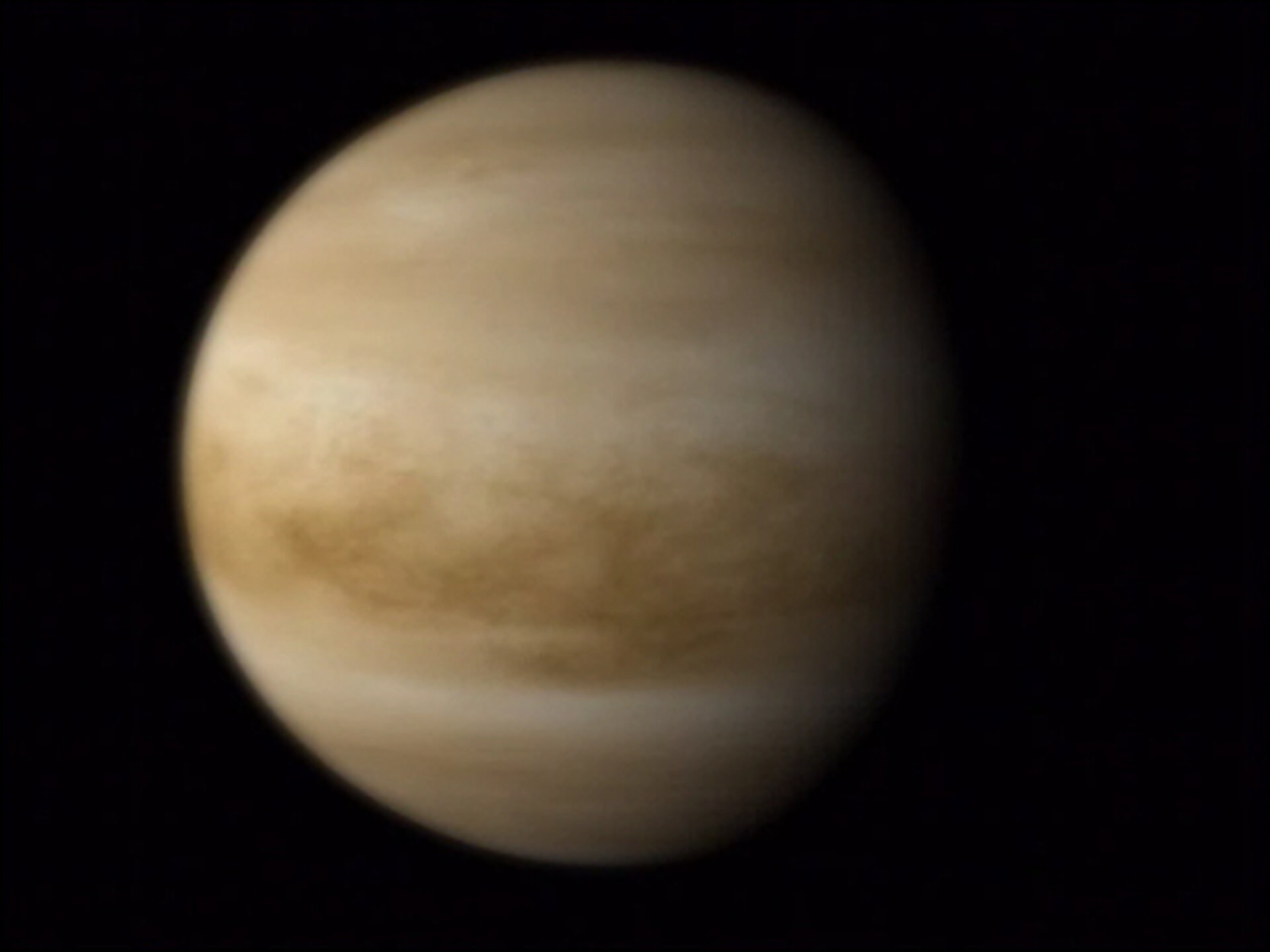
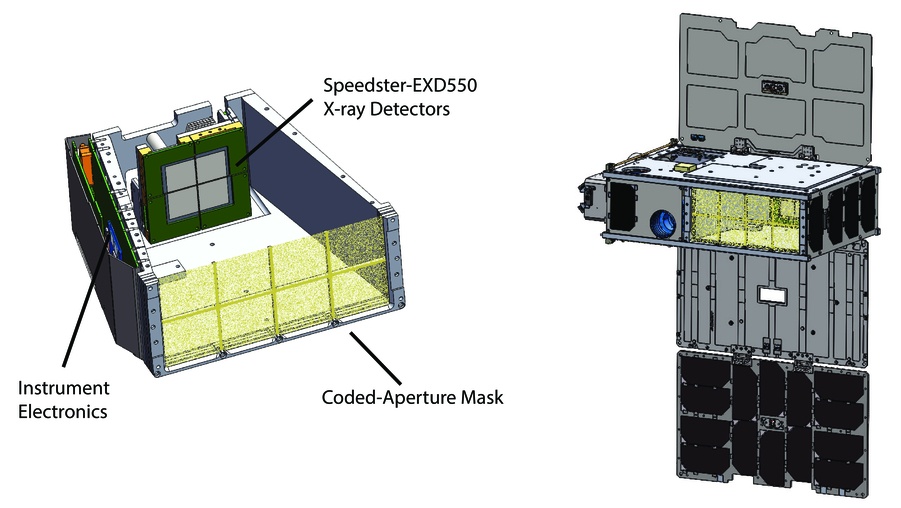



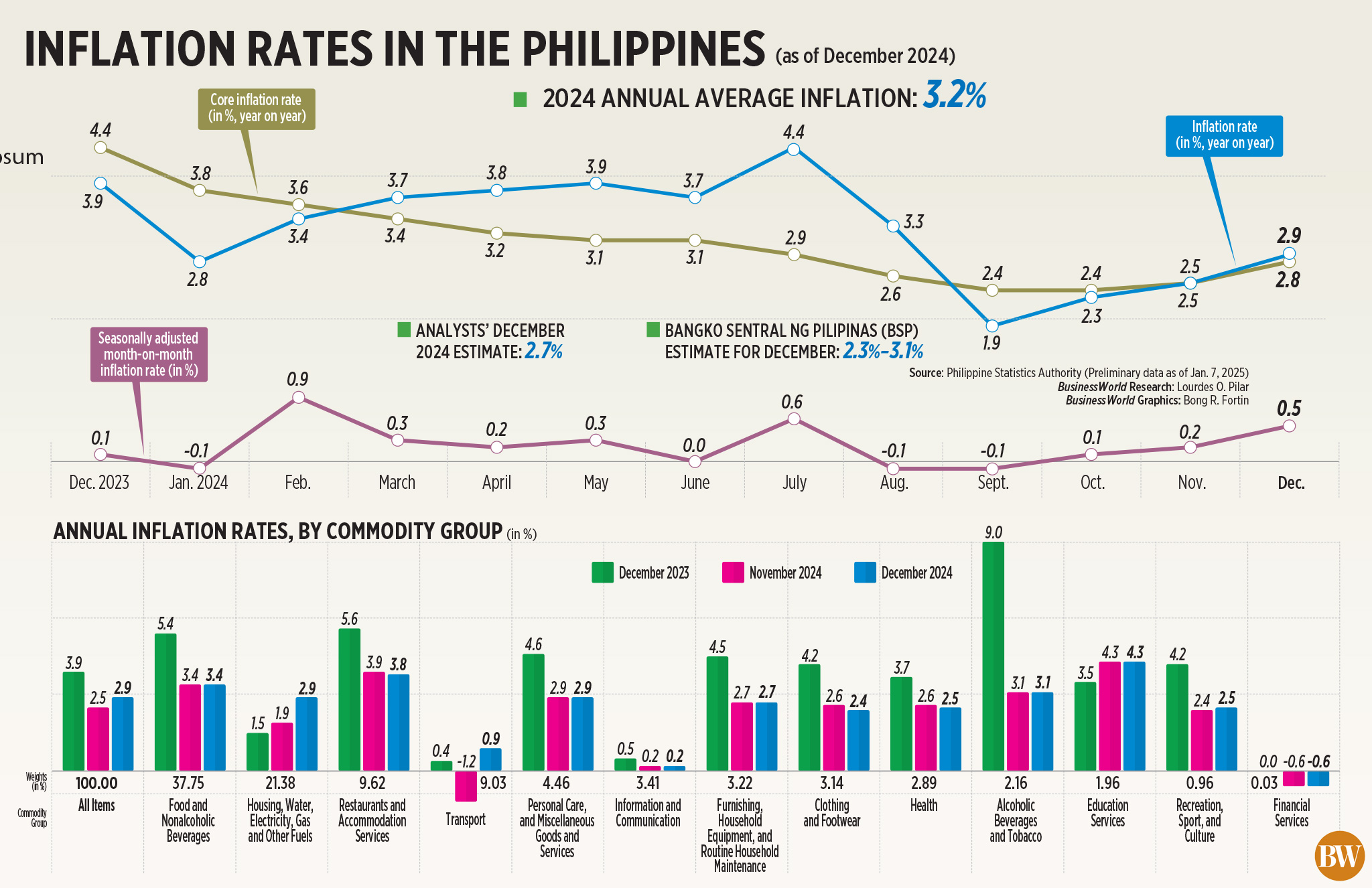



Leave a Comment